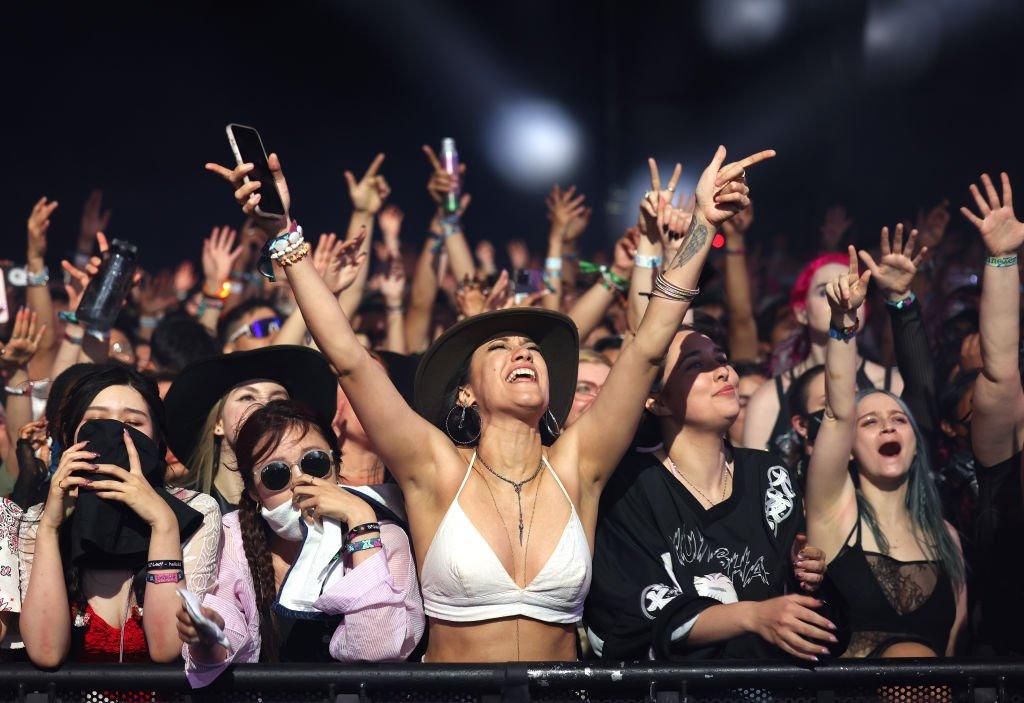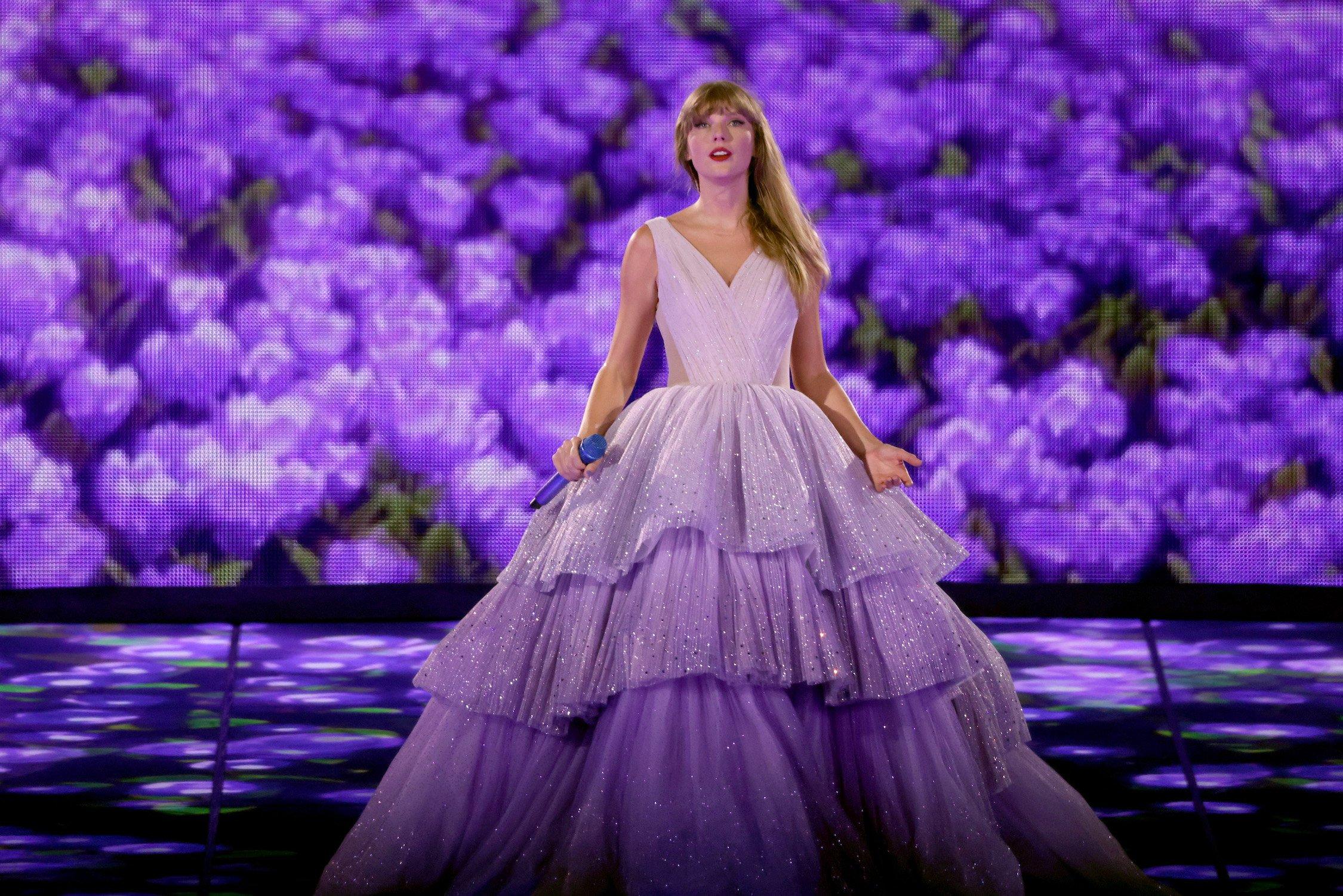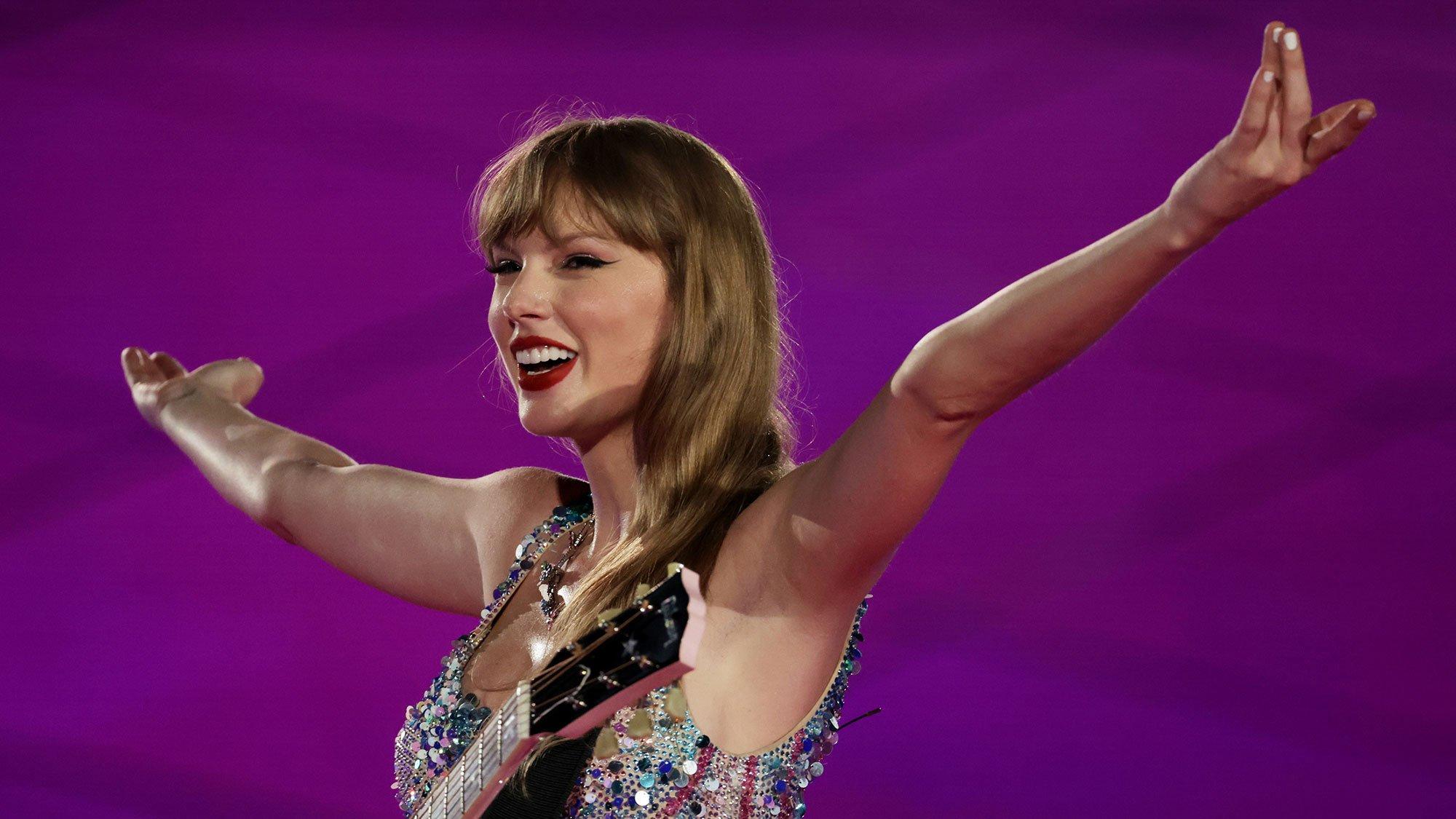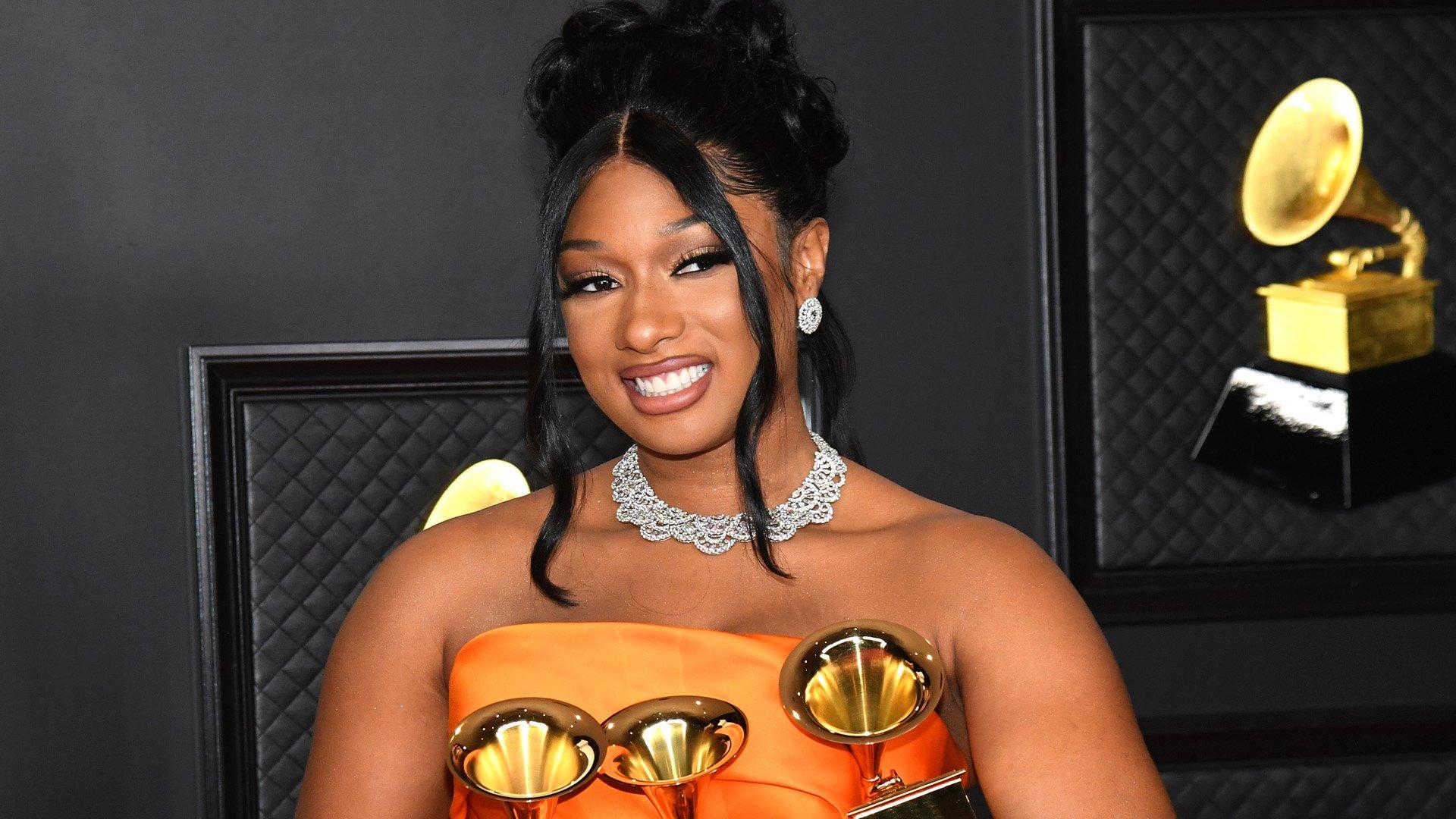Music's Biggest Night, the 54th Annual GRAMMY Awards, will air live from Staples Center in Los Angeles on Sunday, Feb. 12 at 8 p.m. ET/PT on CBS.
In the weeks leading up to the telecast, we will take a stroll down music memory lane with GRAMMY Rewind, highlighting the "big four" categories — Album Of The Year, Record Of The Year, Song Of The Year, and Best New Artist — from past awards shows. In the process, we'll examine the winners and the nominees who just missed taking home a GRAMMY, while also shining a light on the artists' careers and the eras in which the recordings were born.
Join us as we take an abbreviated journey through the trajectory of pop music from the 1st Annual GRAMMY Awards in 1959 to last year's 53rd Annual GRAMMY Awards. Today, the GRAMMY Awards celebrates a golden milestone.
50th Annual GRAMMY Awards
Feb. 10, 2008
Album Of The Year
Winner: Herbie Hancock, River: The Joni Letters
Foo Fighters, Echoes, Silence, Patience & Grace
Vince Gill, These Days
Kanye West, Graduation
Amy Winehouse, Back To Black
For his intriguing album of instrumental and vocal interpretations of the music of Joni Mitchell, Hancock assembled an all-star cast, including Leonard Cohen, Mitchell herself, Norah Jones and Corinne Bailey Rae (both have said they drew inspiration from Mitchell), and Tina Turner. The album peaked in the Top 5 on the Billboard 200 and also won for Best Contemporary Jazz Album. The Foo Fighters picked up a nomination for their sixth studio album, which earned them their third Best Rock Album following 2000's There Is Nothing Left To Lose and 2003's One By One. Gill, the only country artist to make the cut and the finalist with the most GRAMMYs to date with an impressive 20, received a nomination for the thematically arranged 43-song, four-disc set. The album picked up Best Country Album honors this year. West's third studio release topped the Billboard 200 in 2007, earning him two wins for Best Rap Album and Best Rap Song for the Top 10 hit "Good Life." Winehouse's breakthrough album Back To Black, with the help of GRAMMY-winning producer Mark Ronson, nearly propelled the late British songstress to a sweep of the "big four" categories. Winehouse won an impressive five awards as the GRAMMYs celebrated its milestone 50th birthday. She died at 27 in July 2011.
Record Of The Year
Winner: Amy Winehouse, "Rehab"
Beyoncé, "Irreplaceable"
Foo Fighters, "The Pretender"
Rihanna Featuring Jay-Z, "Umbrella"
Justin Timberlake, "What Goes Around…Comes Around"
London-native Winehouse won the Record Of The Year category with the resistant "Rehab." The track also earned her Best Female Pop Vocal Performance honors. Beyoncé, who performed a memorable duet with soul legend Tina Turner on the telecast, didn't make the cut here with this No. 1 single but would win big two years later. The Foo Fighters earned their first Record Of The Year nomination and a Best Hard Rock Performance win for the driving "The Pretender." Rihanna's infectious No. 1 hit "Umbrella," her third Top 10 single off 2007's Good Girl Gone Bad, features the dance-pop star collaborating with GRAMMY winner Jay-Z. The track also won the pair a GRAMMY for Best Rap/Sung Collaboration. Timberlake's No. 1 single "What Goes Around Comes Around" earned him the Best Male Pop Vocal Performance GRAMMY. Timberlake showcased his range in also picking up the Best Dance Recording GRAMMY for "LoveStoned/I Think She Knows." Both tracks appear on his GRAMMY-nominated Album Of The Year, FutureSex/LoveSounds.
Song Of The Year
Winner: Amy Winehouse, "Rehab"
Corinne Bailey Rae, "Like A Star"
Rihanna Featuring Jay-Z, "Umbrella"
Plain White T's, "Hey There Delilah"
Carrie Underwood, "Before He Cheats"
Winehouse picked up another win for Song Of The Year with the self-penned "Rehab." The singer performed the platinum-selling song via satellite from London on the GRAMMY telecast. Fellow neo-soul songstress and England-native Rae, whose participation on Hancock's River: The Joni Letters earned her an Album Of The Year win, received a nomination for the self-penned "Like A Star," marking her second Song Of The Year nomination off her self-titled debut album. (She earned both Record and Song Of The Year nominations the previous year for "Put Your Records On.") Rihanna's collaboration with Jay-Z (who also co-wrote the song) earned a nomination with the help of songwriters Thaddis "Kuk" Harrell, Terius "The Dream" Nash and Christopher "Tricky" Stewart. The trio also helped craft Beyoncé's three-time GRAMMY-winning "Single Ladies (Put A Ring On It)" two years later. Chicago-based pop/punk outfit Plain White T's made a bold GRAMMY debut with a Song Of The Year nod for their viral No. 1 hit "Hey There Delilah," written by frontman Tom Higgenson. The only country artist to make the cut in this category, Underwood received a nod and a win in the Best Female Country Vocal Performance category for "Before He Cheats," which was crafted by songwriters Josh Kear and Chris Tompkins. Underwood received her first GRAMMY Award the previous year for Best New Artist.
Best New Artist
Winner: Amy Winehouse
Feist
Ledisi
Paramore
Taylor Swift
Winehouse topped off her impressive GRAMMY debut by taking home Best New Artist honors. Nova Scotia-born singer/songwriter Feist added to the geographically diverse field, earning a total of four nominations during her own GRAMMY debut, including Best Female Pop Vocal Performance for her Top 10 hit "1234." New Orleans-native R&B singer Ledisi earned two nods, including Best R&B Album for Lost & Found. She went on to receive a nomination in the same category two years later for Turn Me Loose. Hailing from Franklin, Tenn., Paramore, fronted by singer/songwriter Hayley Williams, released their debut album, All We Know Is Falling, in 2005 before the singer turned 18. Swift has since gone on to win four GRAMMY Awards and would set an Album Of The Year record at the 52nd Annual GRAMMY Awards as the youngest winner ever in that category.
Come back to GRAMMY.com tomorrow as we revisit the 51st Annual GRAMMY Awards. Tune in to the 54th Annual GRAMMY Awards live from Staples Center in Los Angeles on Sunday, Feb. 12 at 8 p.m. ET/PT on CBS.
Follow GRAMMY.com for our inside look at GRAMMY news, blogs, photos, videos, and of course nominees. Stay up to the minute with GRAMMY Live. Check out the GRAMMY legacy with GRAMMY Rewind. Keep track of this year's GRAMMY Week events, and explore this year's GRAMMY Fields. Or check out the collaborations at Re:Generation, presented by Hyundai Veloster. And join the conversation at Facebook, Twitter, and YouTube.




